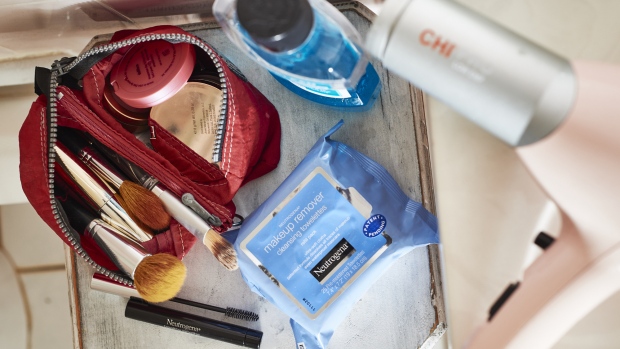Jan 22, 2019
Johnson & Johnson predicts slower growth in warning to health sector
, Bloomberg News

Johnson & Johnson, the world’s largest maker of health-care products, said it expects growth to slow or halt this year, a warning as the rest of health-care sector prepares to give 2019 guidance in the coming weeks.
The company’s shares fell 1.8 per cent Tuesday morning after saying that revenue this year will grow somewhere between 0 and 1 per cent -- potentially worse when the strong dollar is factored in. While the company often tops the targets it sets for itself, the 2019 goal pales in comparison to its projections a year ago for sales growth of almost 2 per cent.
“We still have more work to do and we are committed to continuing to build upon this momentum and return to above-market growth in 2020,” Chief Executive Officer Alex Gorsky said during a conference call with analysts.
J&J has consumer, medical-device and pharmaceutical units that would be large health-care companies in their own right. It’s the first of the major medical-device and drug companies to report earnings, and offers investors a hint about how the rest of the industry may fare.
The Standard & Poor’s industry subindex of drug, biotech and medical device companies, was down 0.9 per cent, in line with the broader S&P 500.
Two major trends that could hurt other companies are likely to pressure J&J this year.
Almost half of J&J’s fourth-quarter revenue growth came from abroad, where its operations grew 5.1 per cent, compared to 1.5 per cent in the U.S. But foreign exchange fluctuations trimmed out all but 0.4 per centage points of those gains.
In the U.S., the company is feeling the ongoing effects of the drug cost debate, which is being led by the Trump administration and Democrats who now control the House of Representatives.
“We share the administration’s goals of reducing health-care costs while improving the quality and efficiency of care,” said Gorsky. Net prices for its drugs -- which make up about half of J&J’s business -- fell 6 per cent to 8 per cent in 2018, according to the company.
“Pricing pressure is expected to persist and a stronger U.S. dollar will likely result in a negative impact on reported results in 2019,” Chief Financial Officer Joseph Wolk said on the call.
The company is also facing competition to some of its biggest drug products. Zytiga, a prostate cancer drug, now faces cheaper generic rivals. The company also expects more competition to Remicade, its top-selling drug product, from so-called biosimilar copies.
Gorsky said the company will look for deals to expand its drug portfolio.
Legal Costs
J&J is also dealing with thousands of lawsuits in which plaintiffs have claimed they were harmed by the company’s artificial hips and vaginal reconstructive mesh, or given cancer by its talc-based baby powder.
The company reported US$1.29 billion in litigation expenses before taxes in the fourth quarter, more than twice what it spent a year before.
“The significant majority of these reported expenses reflect the company’s efforts to resolve some of the older cases in our medical device business,” said Ernie Knewitz, a spokesman for the company. In December, Bloomberg reported that J&J had agreed to pay an average of about US$125,000 per case to resolve about a third of 10,000 pending suits against the company over defective hip replacements.
The company also faces more than 20 trials this year focused on claims it hid the alleged cancer risk posed by its talc-based baby powder.
The company has said it will continue to defend the safety of its talc products. Talc litigation made up about 10 per cent of the company’s legal costs in 2018.




